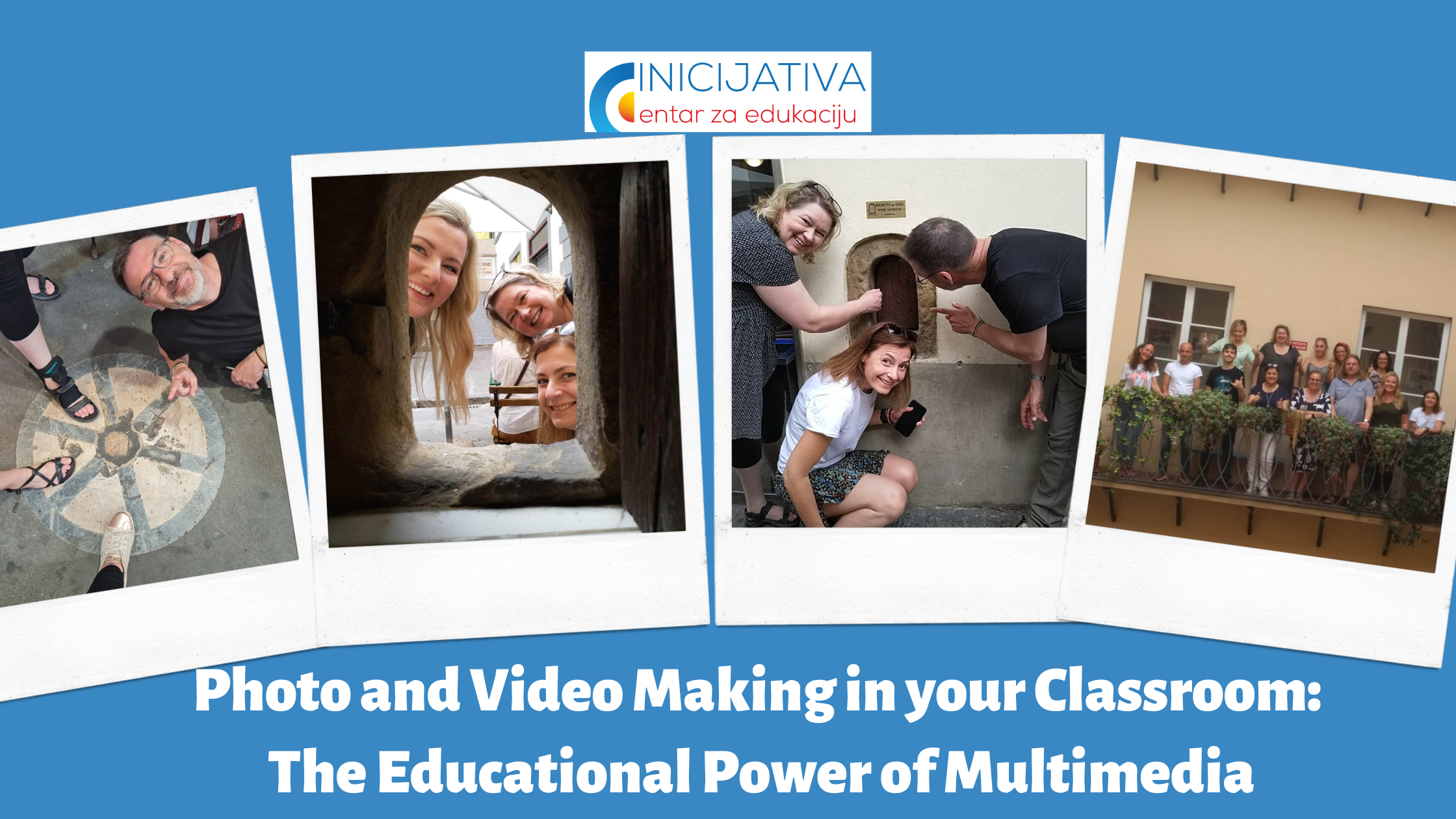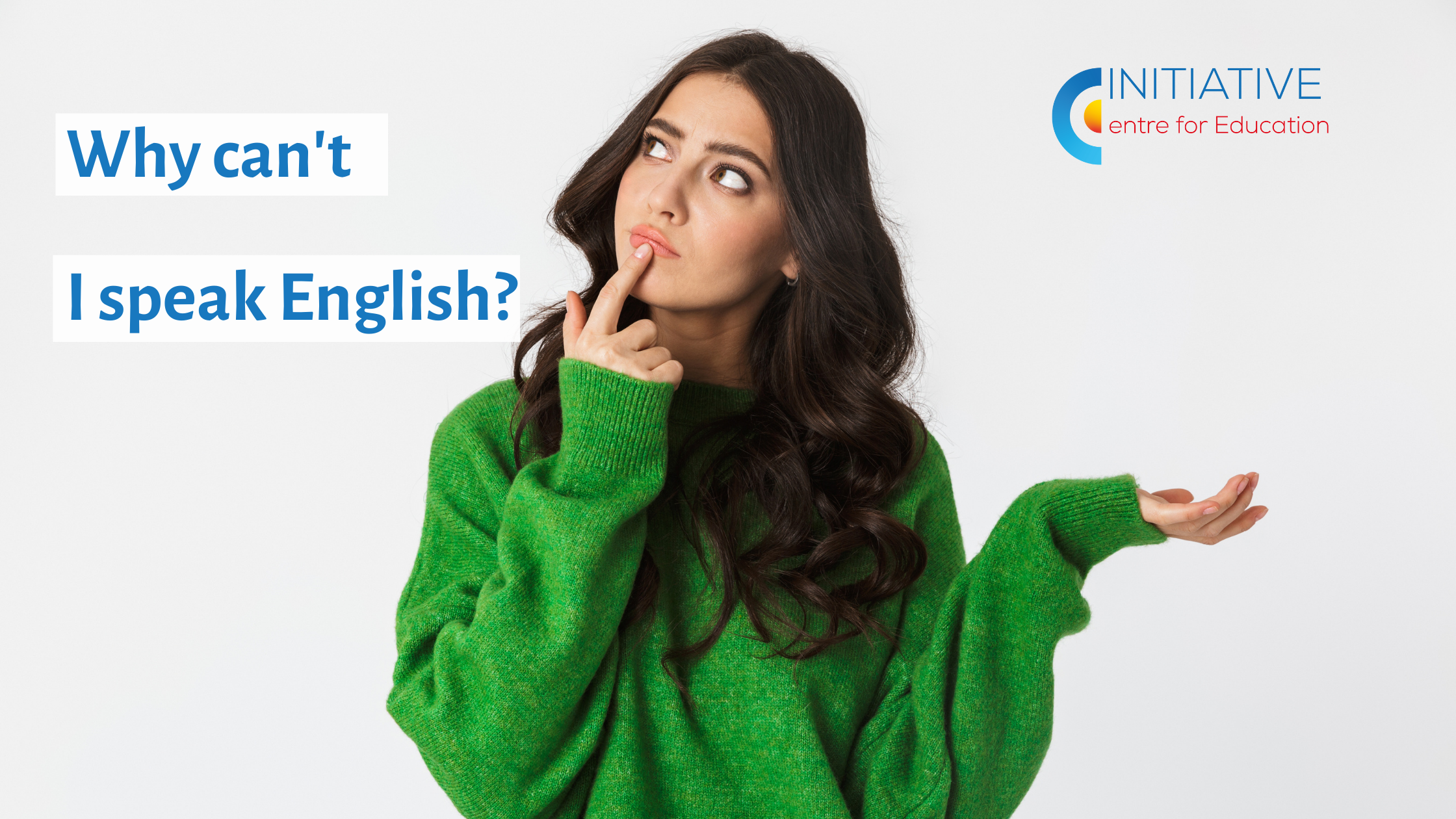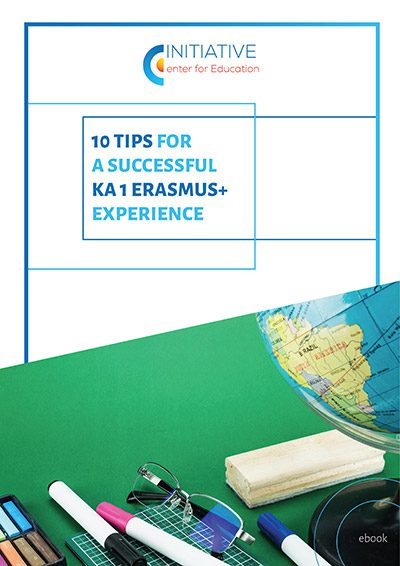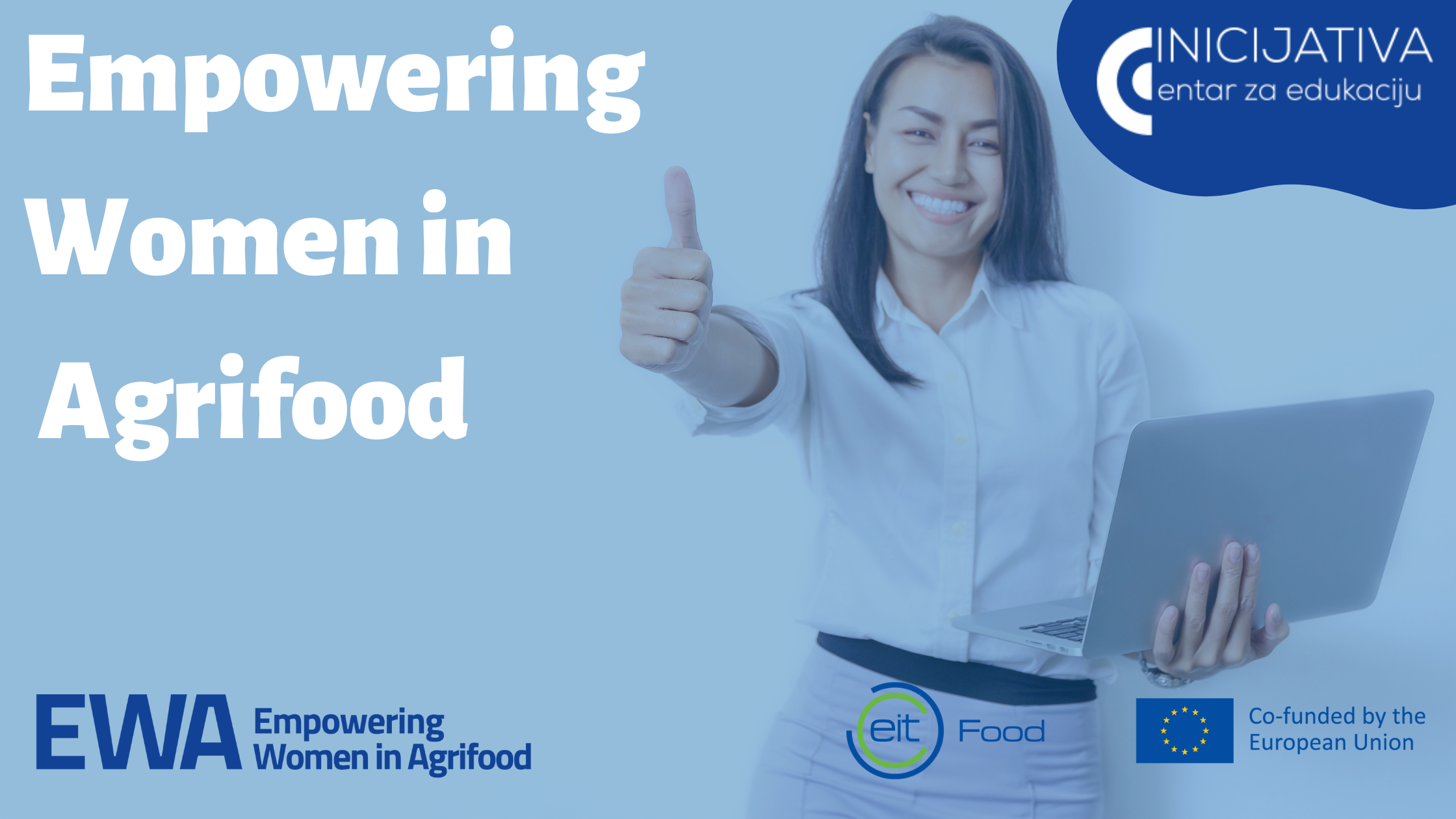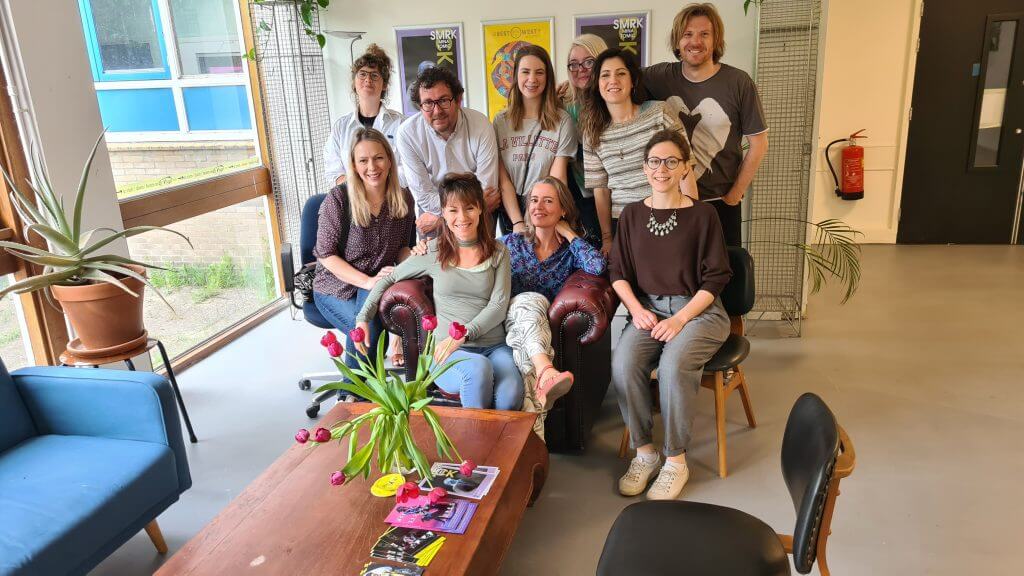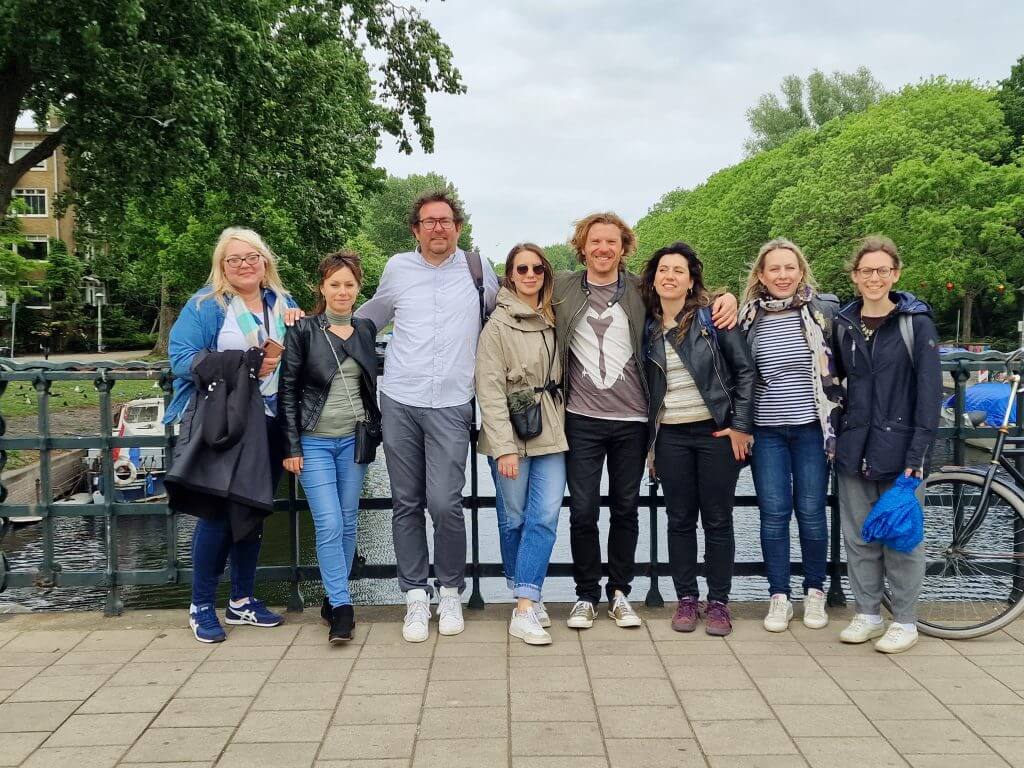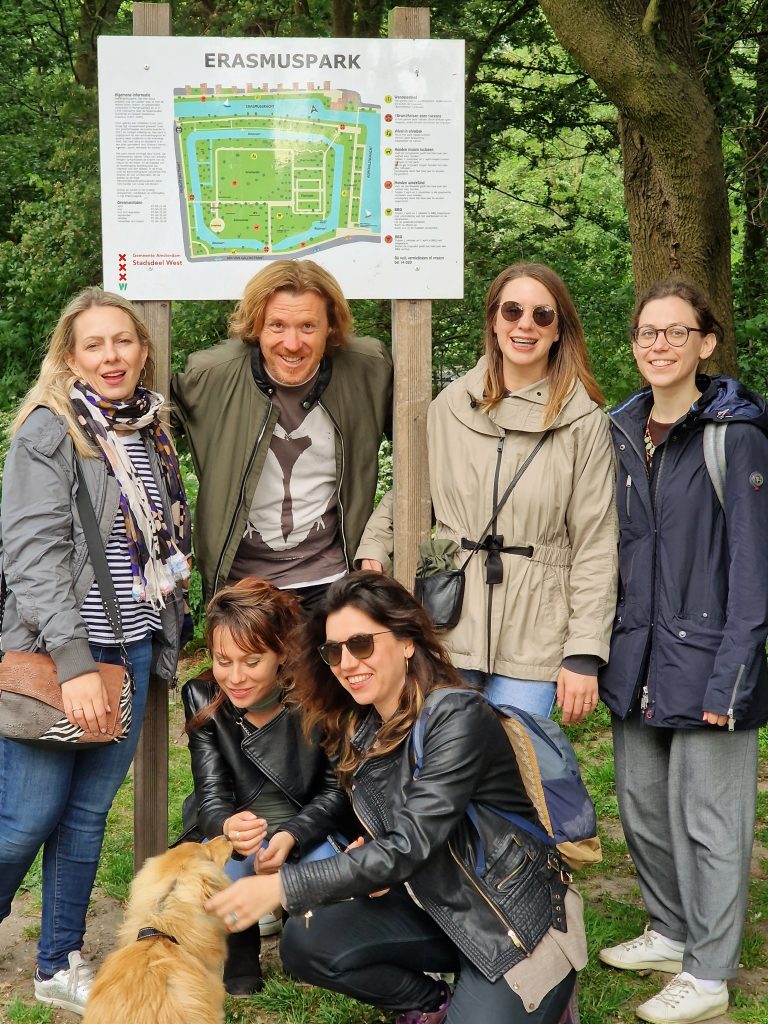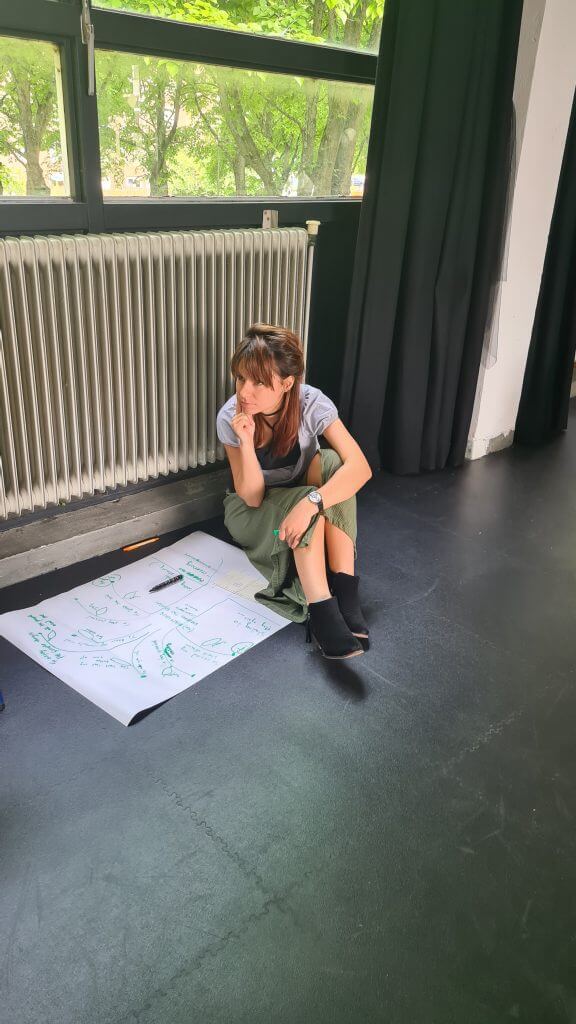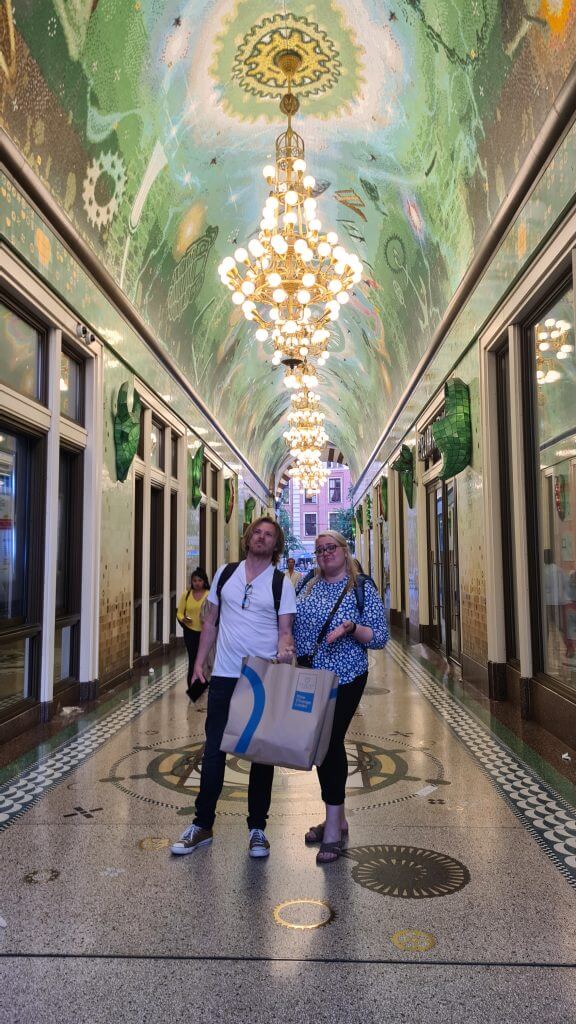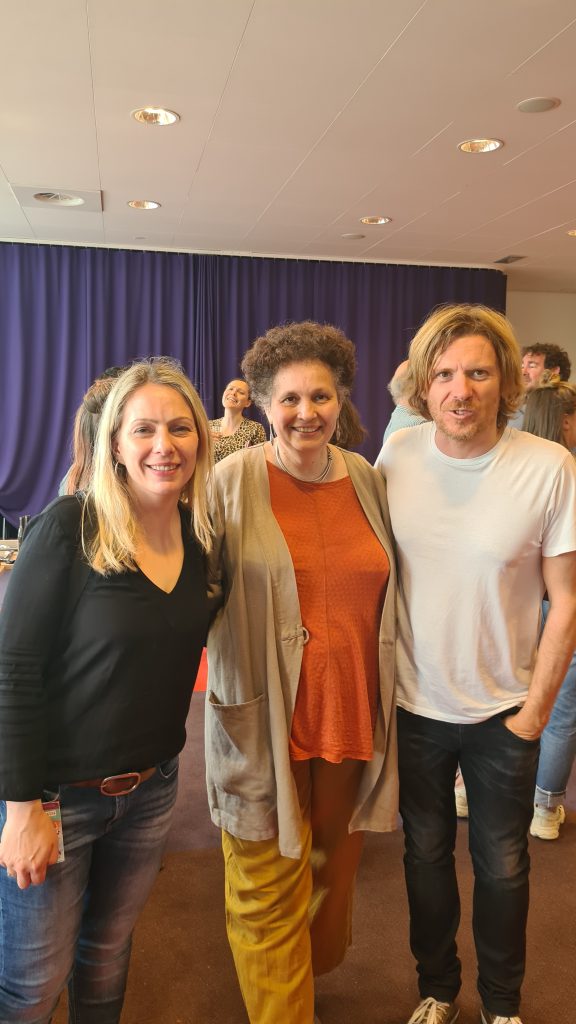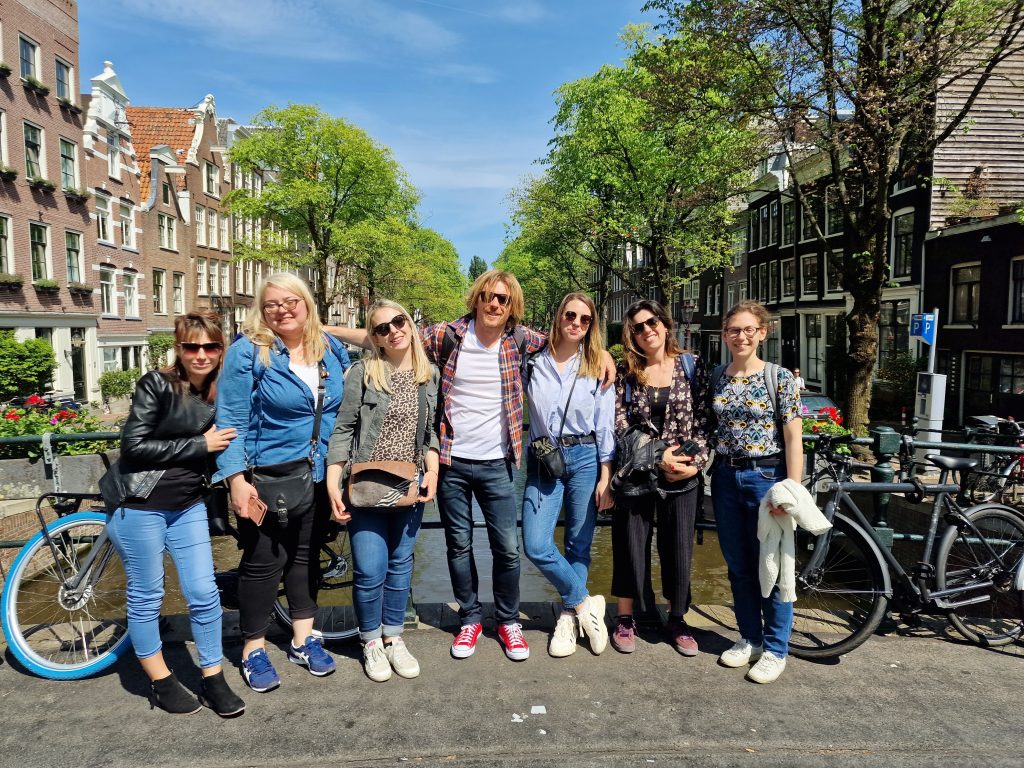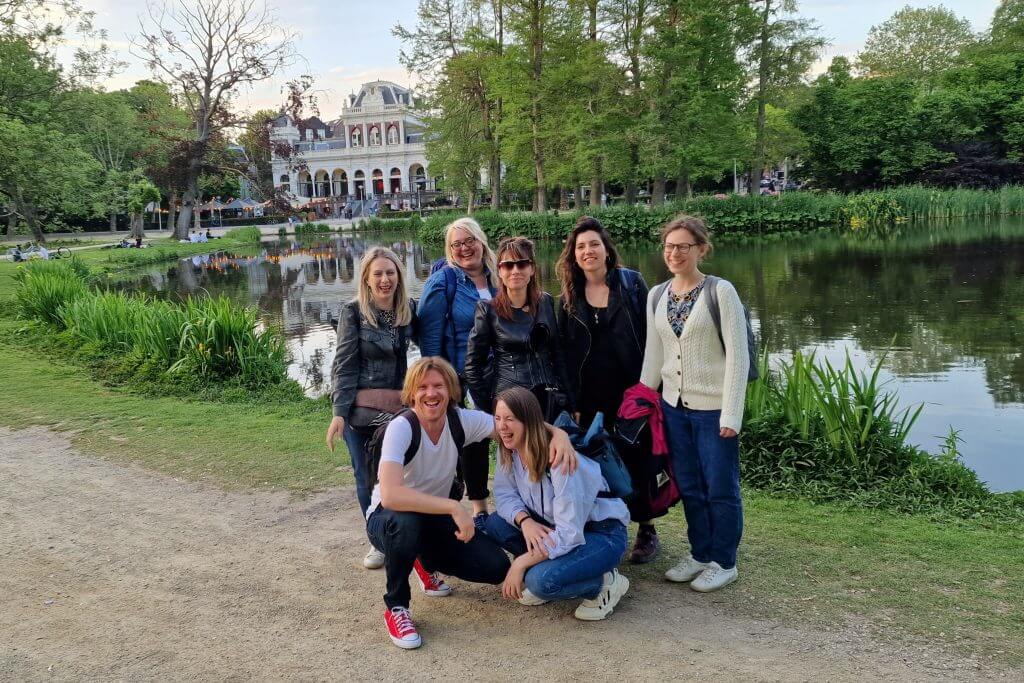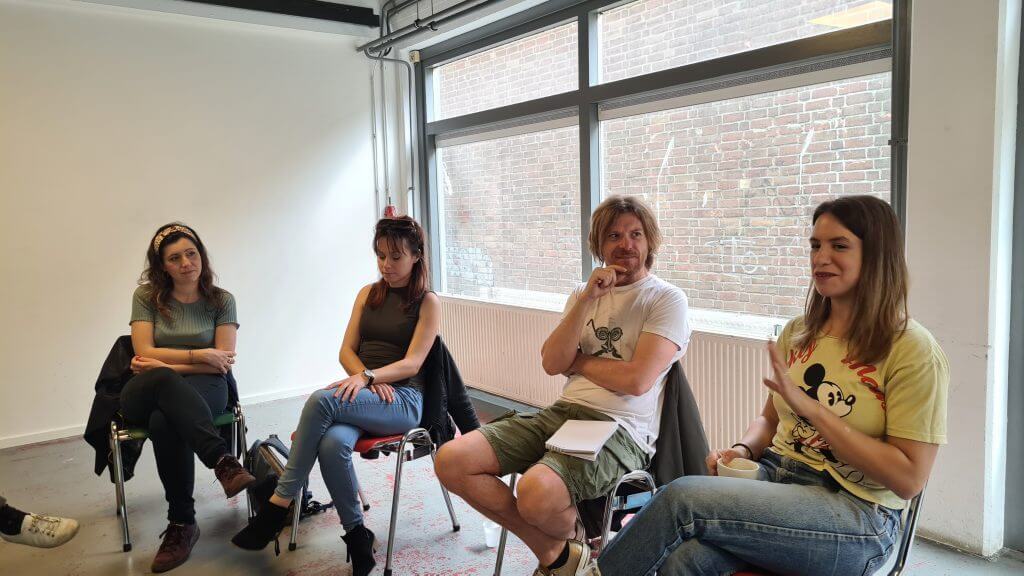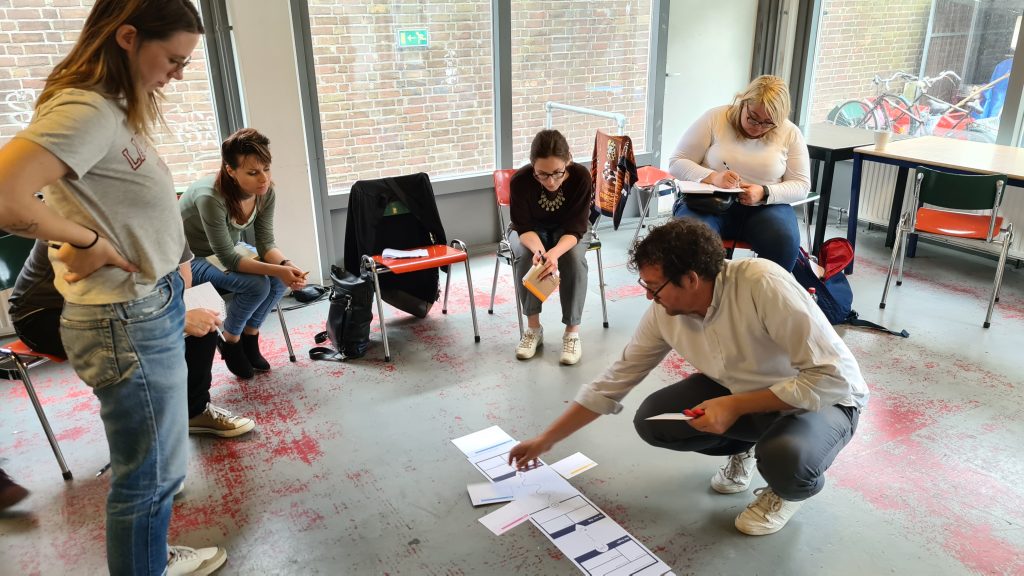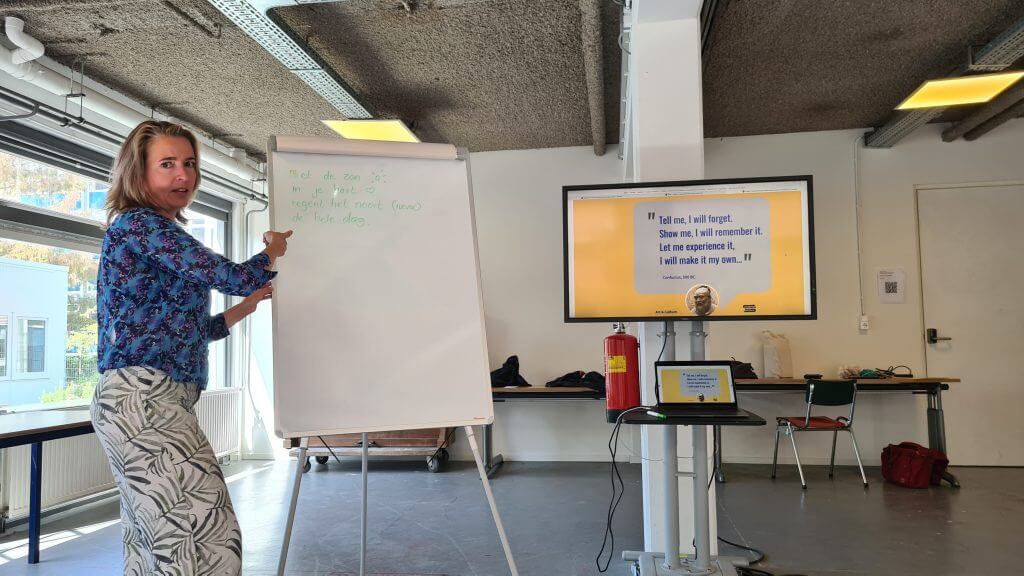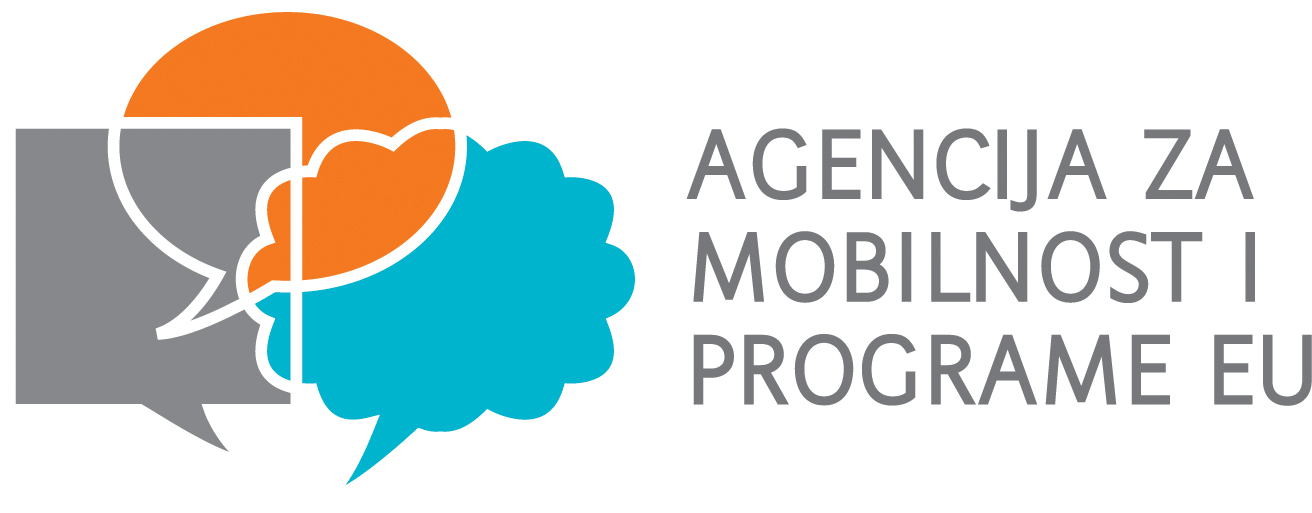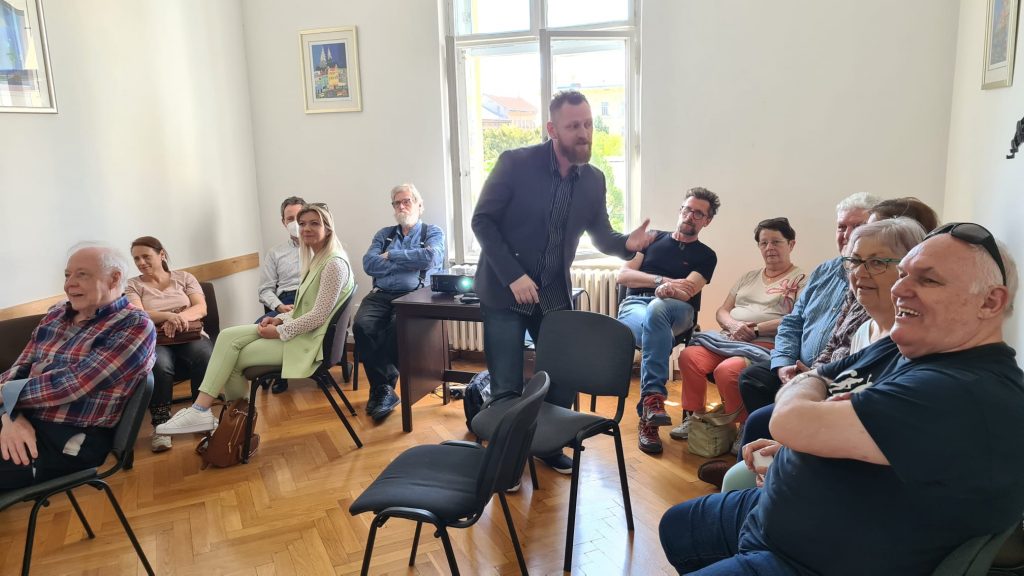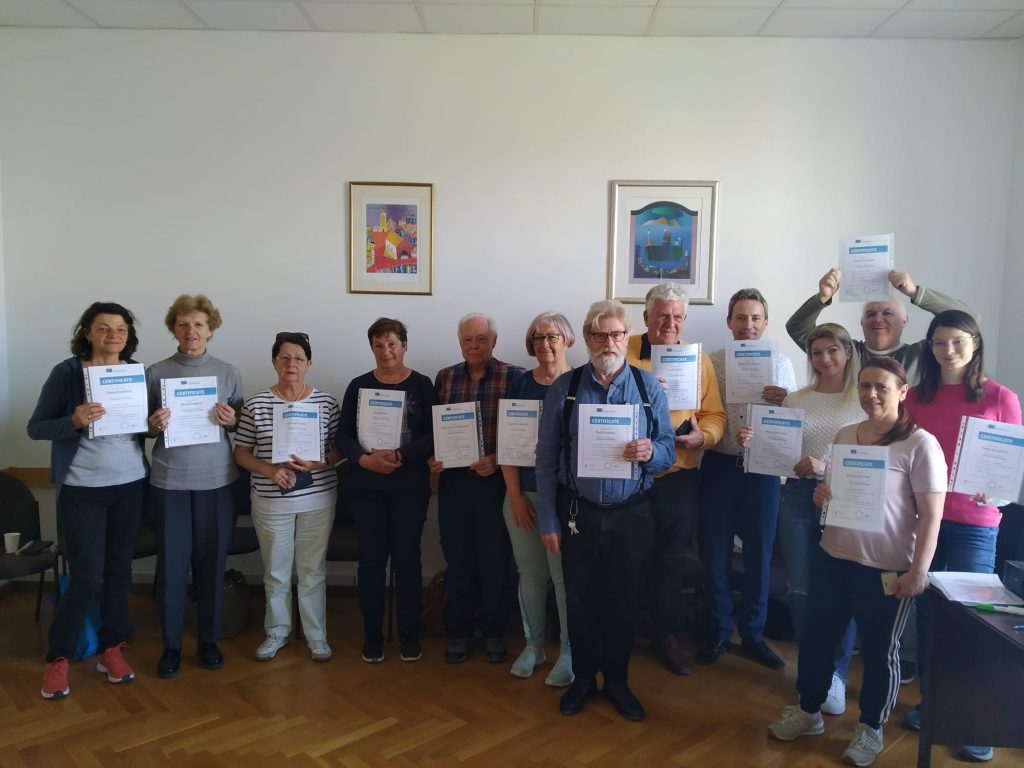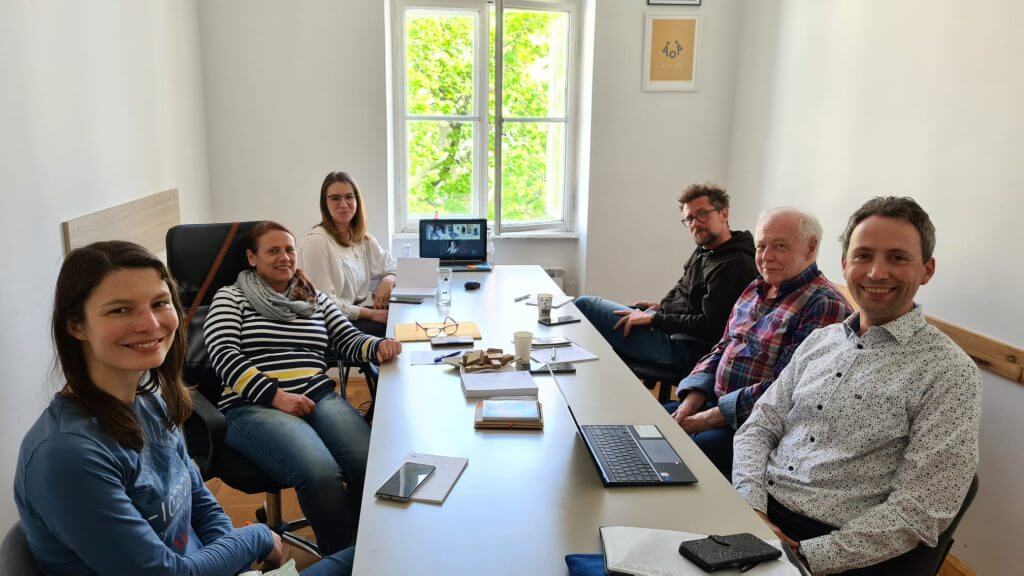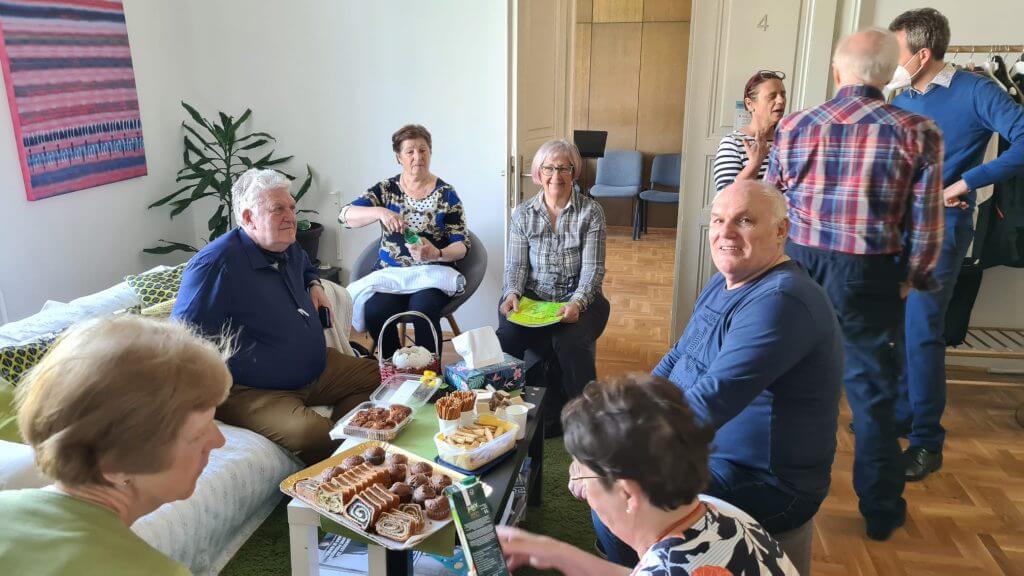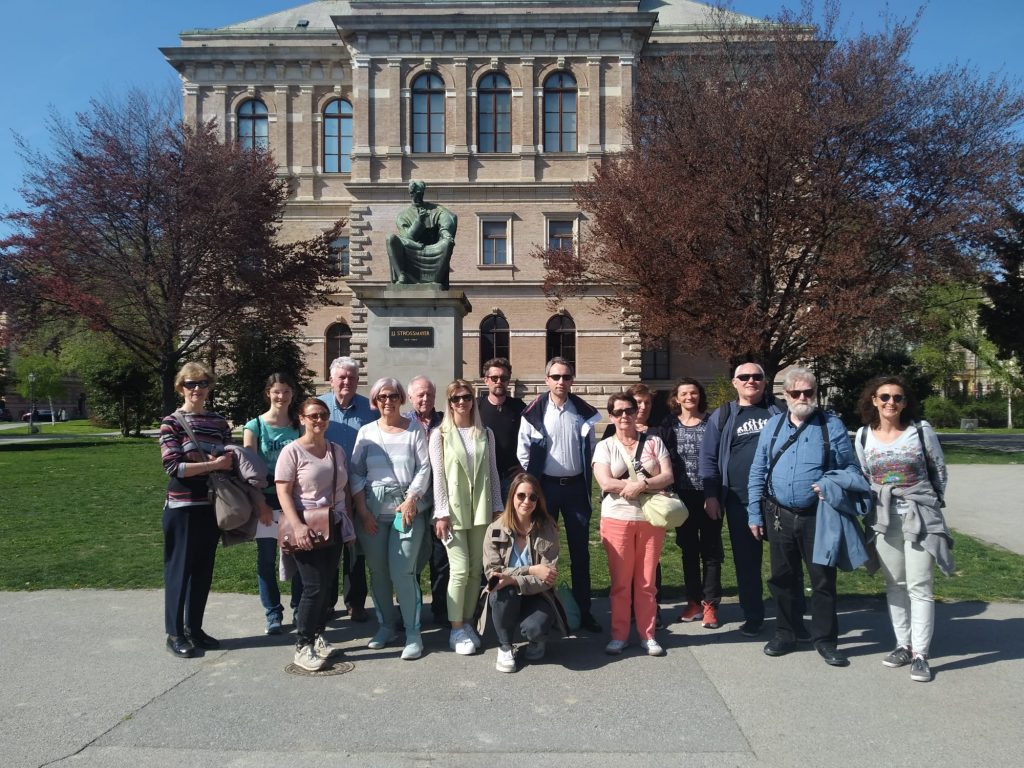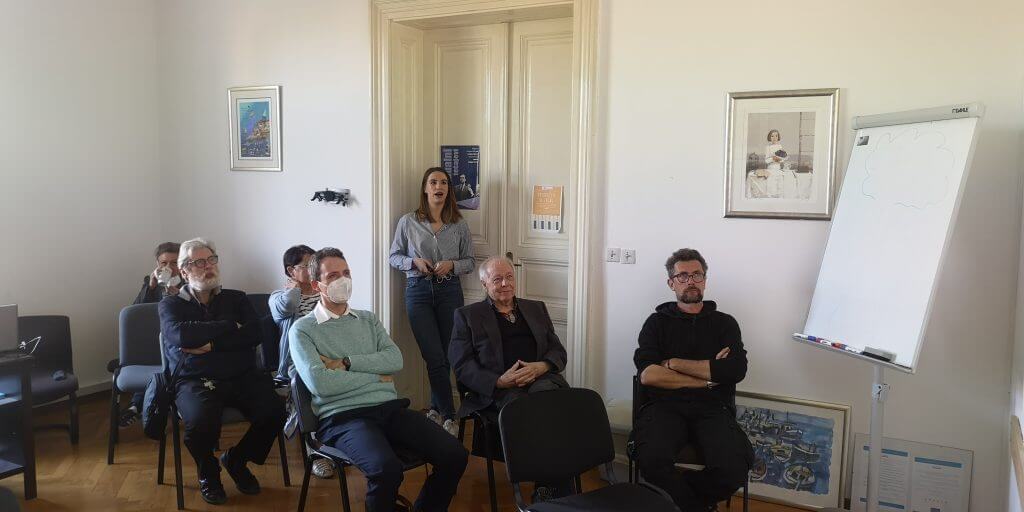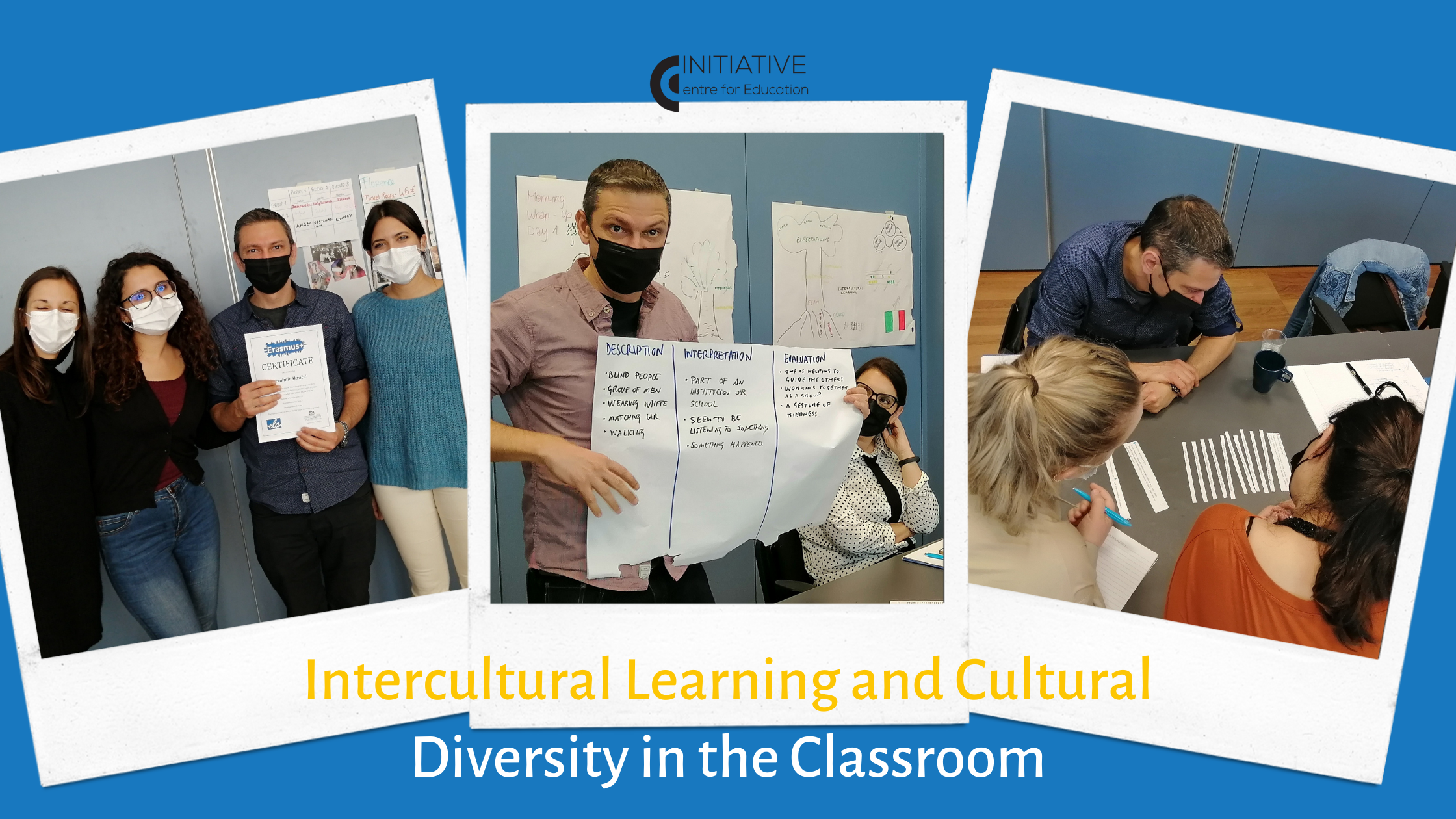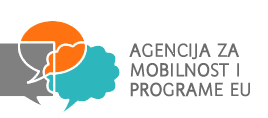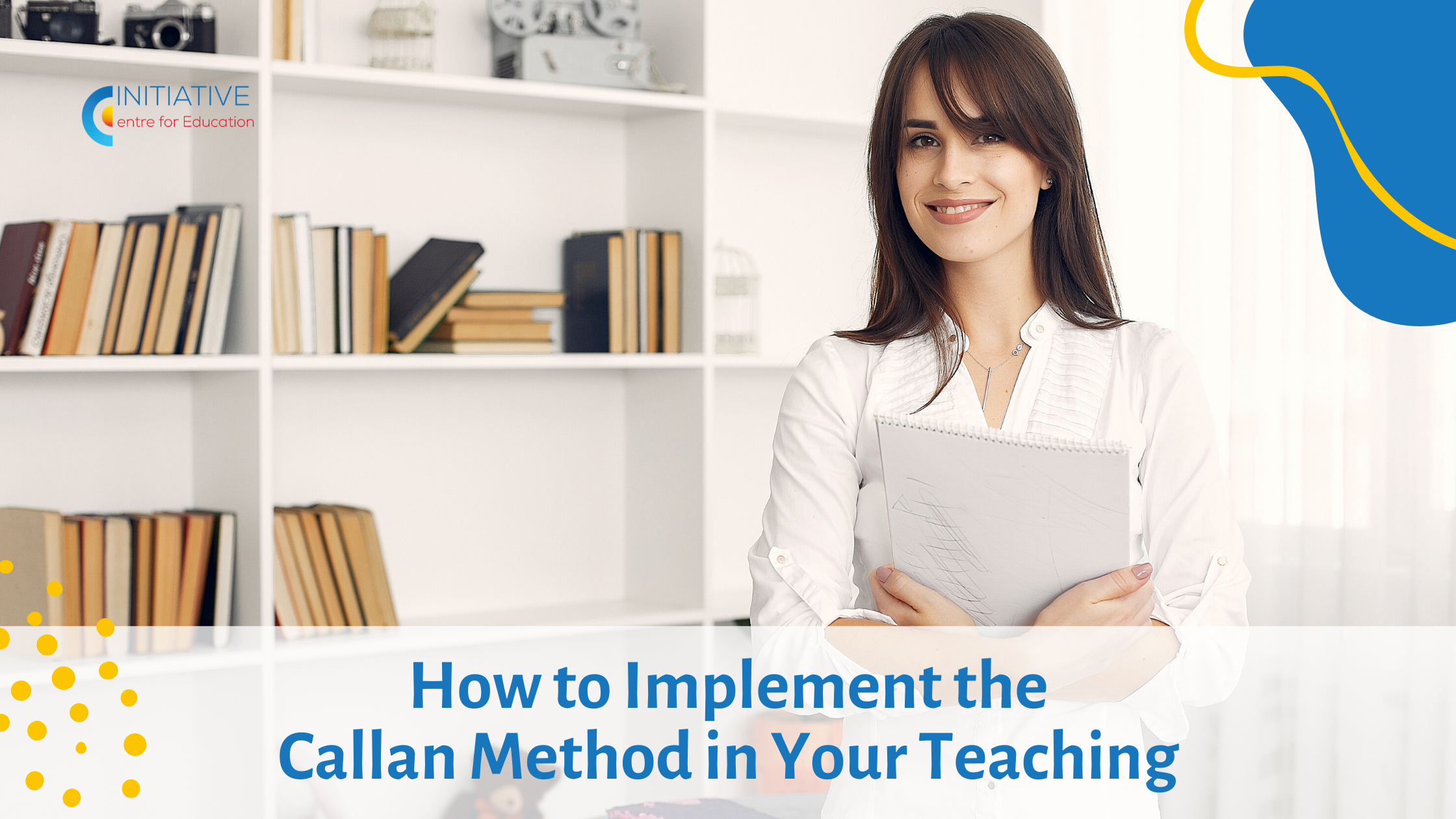In the ever-evolving landscape of education, fostering a global mindset has become paramount. Enhancing the European Dimension in Teaching and Learning Course stands as a beacon for educators and professionals eager to enrich their teaching practices with a robust European dimension. This transformative course holds immense importance for a diverse audience and contributes significantly to the educational journey of those seeking to broaden their horizons.
In an increasingly interconnected world, educators must go beyond the boundaries of their local classrooms. This Course serves as a gateway to understanding and implementing European educational frameworks, policies, and cultural diversity. This knowledge is not just an academic pursuit; it's a practical necessity in preparing students for the globalized world they will navigate.
Who Is It Important For?
- Educators: For teachers, the course opens up avenues to infuse their lessons with a rich European perspective. It empowers them to create inclusive classrooms that celebrate cultural diversity, preparing students to thrive in a multicultural society.
- Education Professionals: School administrators, curriculum developers, and educational leaders will find immense value in understanding European frameworks. This knowledge equips them to make informed decisions that align with global educational standards.
- Professionals in Adult Education: Those involved in adult education activities can leverage the course to address the specific challenges faced by the Roma community, characterized by low skills and high unemployment. The course provides strategies to enhance vocational education and adult learning opportunities.
- Technology Enthusiasts: With a focus on digital tools for collaboration, the course is particularly relevant for educators eager to leverage technology for cross-border projects. It introduces practical applications and platforms that facilitate seamless collaboration in a digital landscape.

The Top 10 Reasons Why You Should Join Our Split Erasmus+ English Courses for Teachers
What Does It Contribute?
- Cultural Enrichment: The course contributes to a more culturally enriched educational experience. By understanding and appreciating the diverse cultures within Europe, educators can create inclusive learning environments that prepare students for a globalized workforce.
- Global Collaboration: The emphasis on collaborative learning and networking equips participants with the skills to engage in international collaborations. This not only broadens perspectives but also fosters a sense of shared responsibility in addressing global challenges.
- Practical Application of Knowledge: The hands-on nature of the course ensures that participants don't just gain theoretical knowledge but also practical skills. From creating sample lesson plans to designing collaborative projects, the course encourages immediate application in the classroom.
- Professional Development: The course acts as a catalyst for professional development, offering insights into ongoing opportunities, conferences, and workshops related to the European dimension in education. Participants leave not just with a certificate but with a roadmap for continuous growth.
By delving into European educational frameworks, policies, and cultural diversity, educators and professionals are not merely gaining knowledge; they are acquiring tools to sculpt a future-ready generation. The course's emphasis on inclusivity and collaboration creates a ripple effect, fostering environments where students are not just learners but global citizens.
Check out our English Language courses for teachers and other Erasmus+ courses
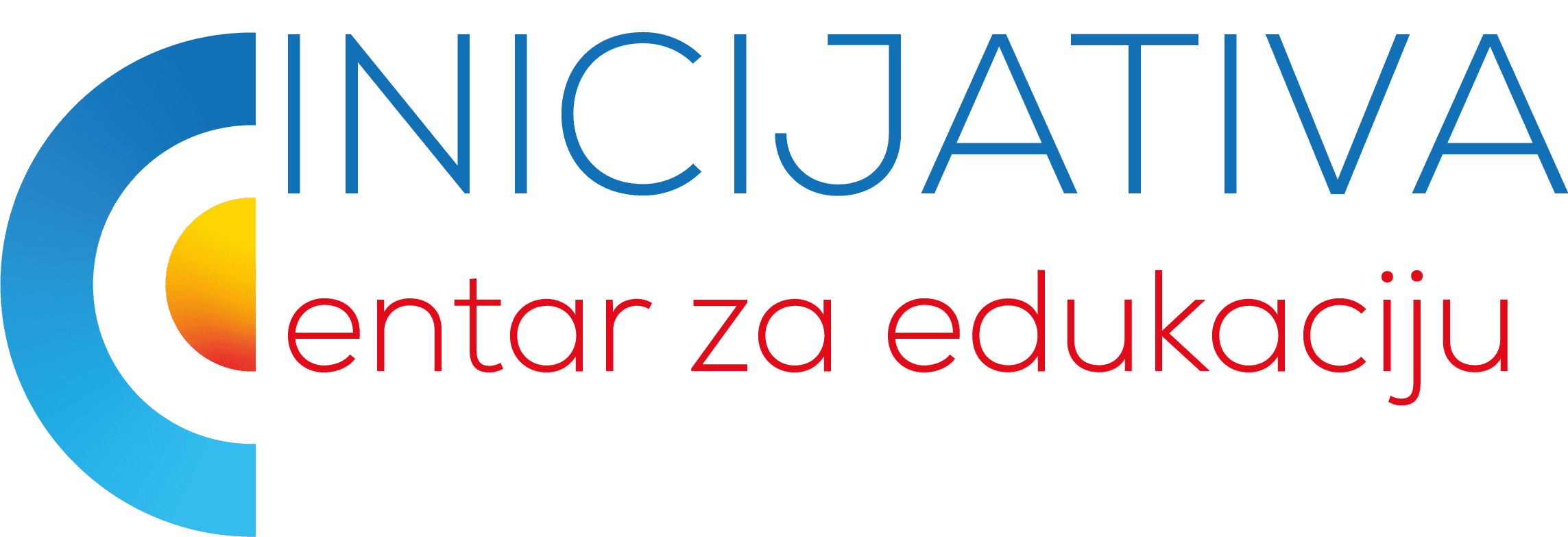


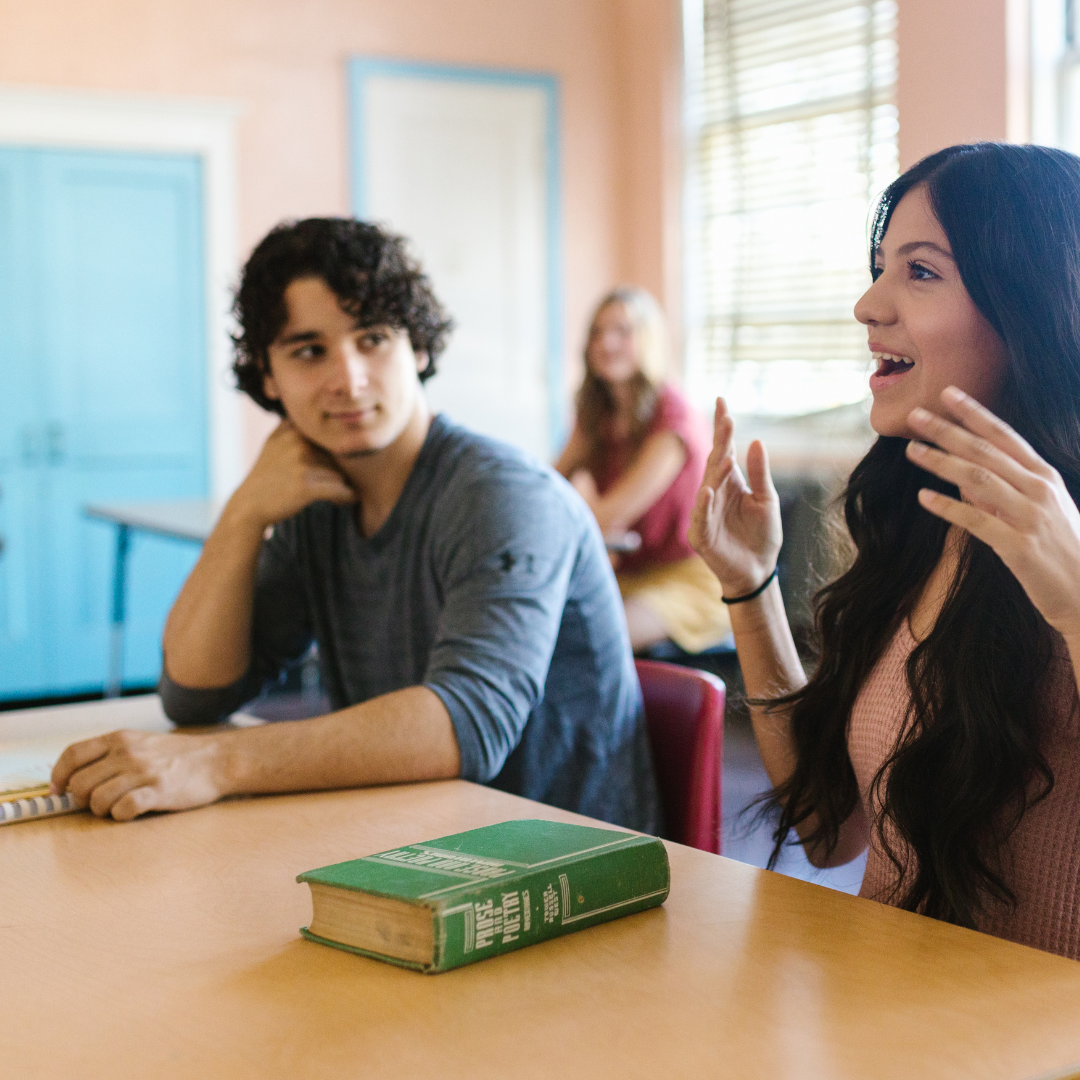
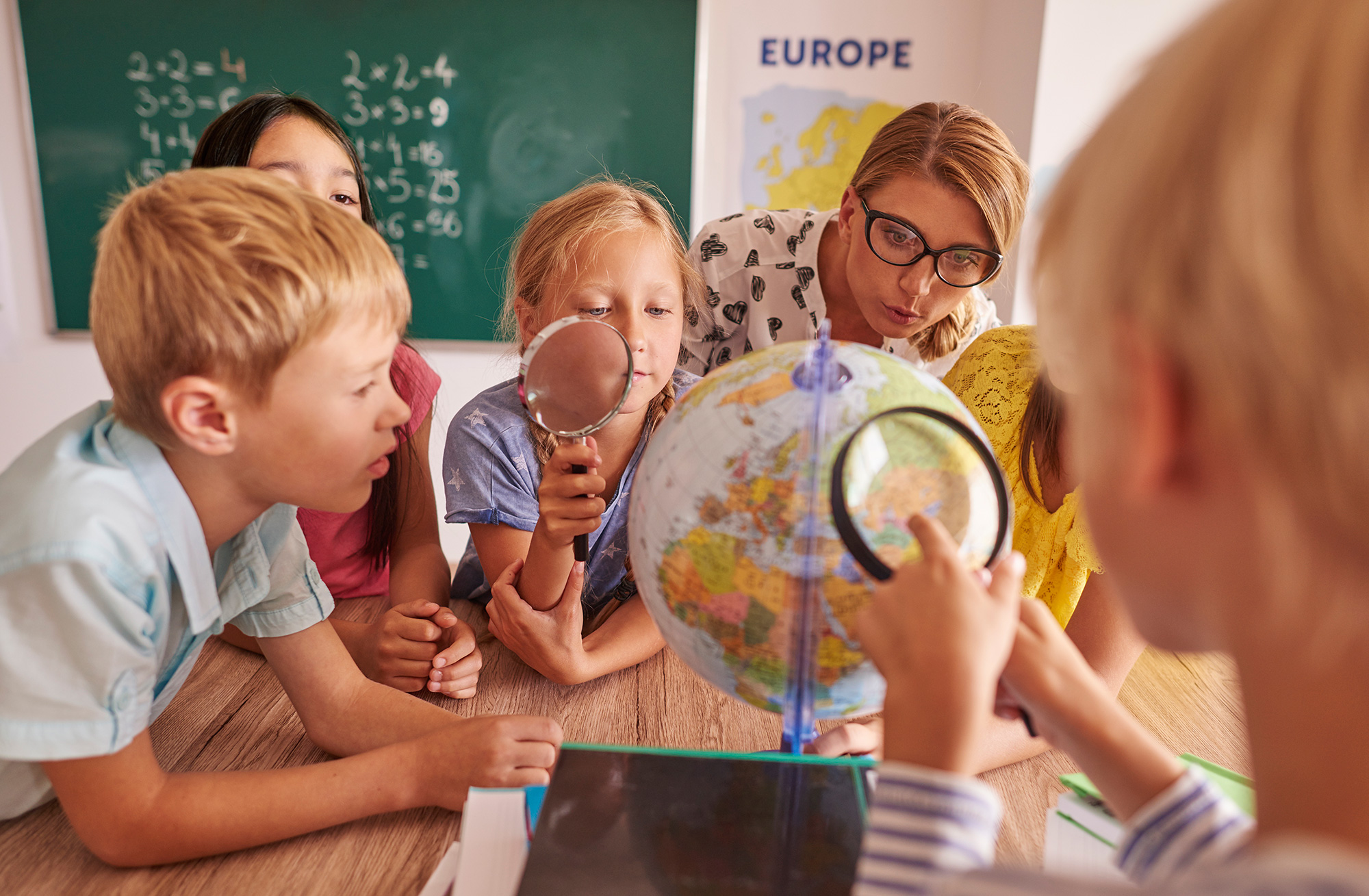




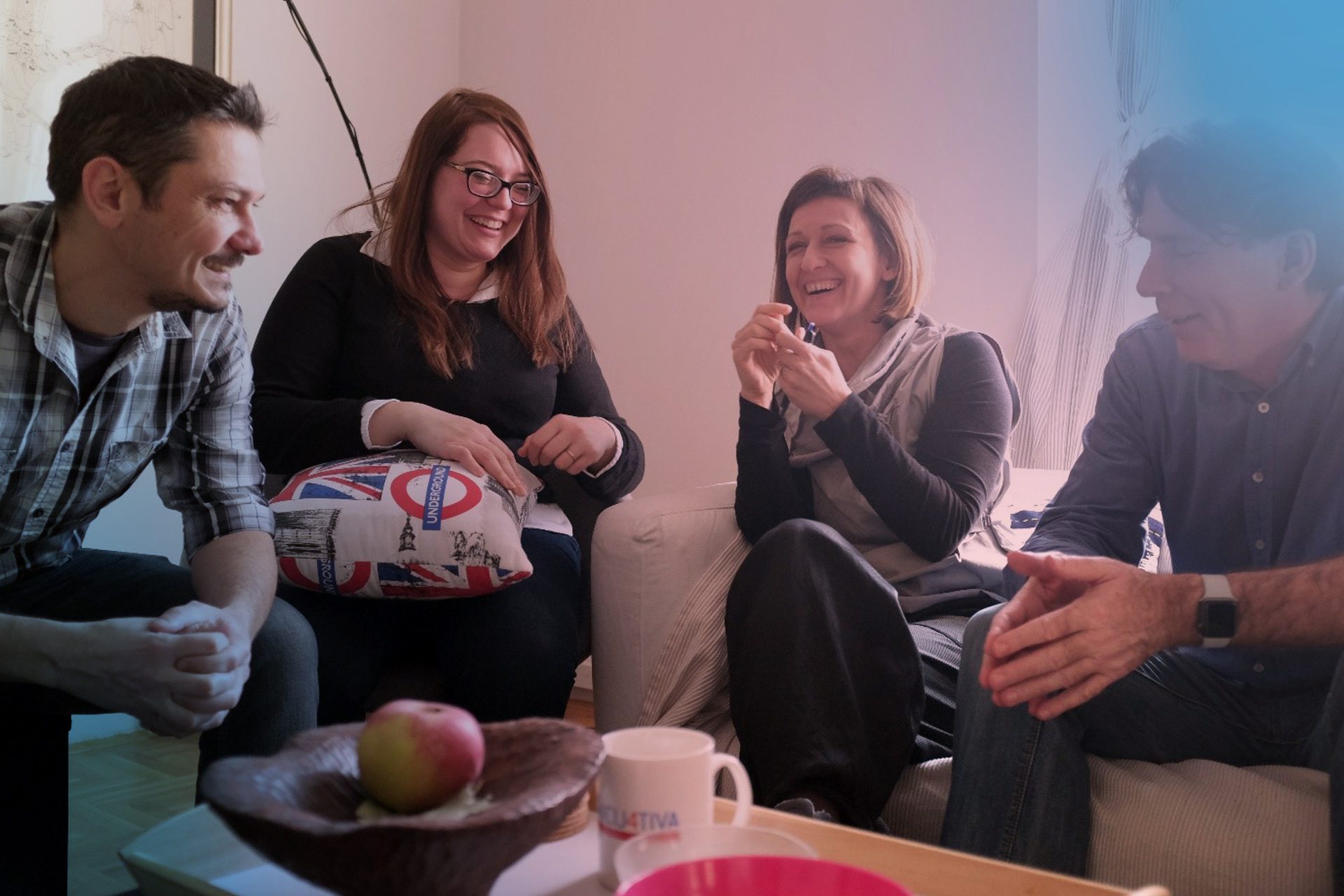

 Unleash the Magic of Storytelling!
Unleash the Magic of Storytelling!  Join Our Course for Teachers & Educators Today!
Join Our Course for Teachers & Educators Today! 

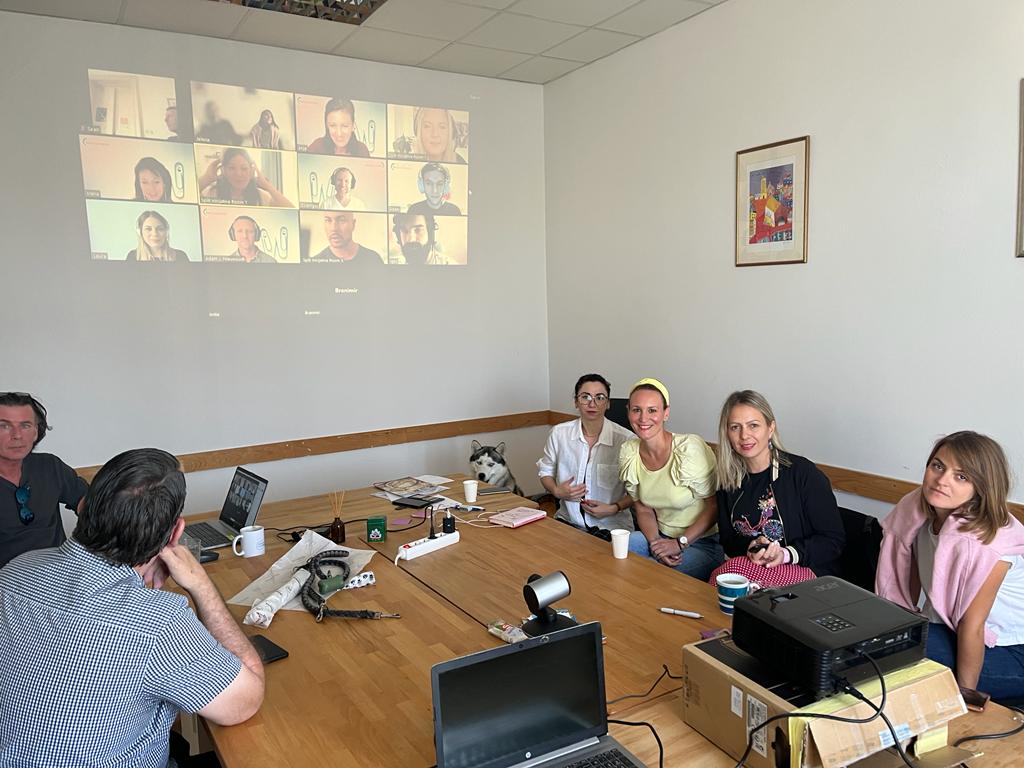
 Key Course Highlights
Key Course Highlights  Master the Art of Engaging Narratives
Master the Art of Engaging Narratives 